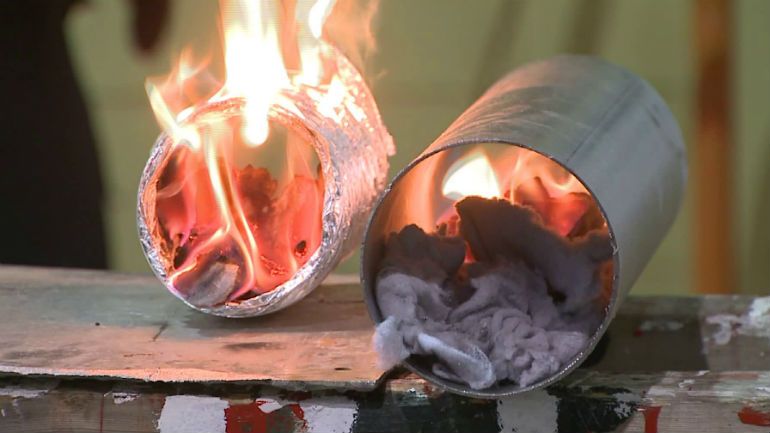How a Clothes Dryer Fire Occurs
Lint accumulation and reduced airflow feed on each other to provide conditions ripe for clothes dryer fire. Lint is a highly combustible material, which, interestingly enough, is one of the ingredients in a recipe for home-made fire starters. A number of dryer vent problems contribute to this.
How to prevent Clothes dryer fires
Make sure it is properly installed
Containing a dryer that installed correctly can lead to a variety of complications, some of which may result in a fire. Many department stores offer home installation, so take advantage of this whenever possible.
Make sure that the dryer connected to a proper 240 volt electrical outlet. Plugging it in to a 120 volt outlet could potentially cause problems. It also seem important to make sure that the ventilation duct is attached securely, both to the dryer itself and to the exterior exhaust vent.

Clean the vent and duct
Despite all of the lint and dirt collected by the lint filter. It is inevitable that some will sneak by from time to time. Over time, it can build up in the duct between the dryer and the exterior vent outside your home.
If you notice that your clothes are taking longer to dry, or that they don’t seem to completely dry out, you might have an obstructed venting system. Additionally, you may notice a burning smell, or notice that your clothes and the outside of the dryer are too hot. If you notice any of these symptoms, or suspect that the airflow may obstructed, stop the dryer immediately, unplug it, and check the duct and vent when they had a chance to cool. At the very least, it recommended that you remove the duct and clean it every three months, if not more often.
You Can Prevent Clothes Dryer Fires
Proper Installation & Choice of Building Materials. Make sure the dryer duct made of solid metallic material. Both vinyl and foil are combustible and spiral-wound surfaces tend to catch lint more readily.
The dryer duct should vent to the exterior and in no case should it vent to the attic or crawlspace. Avoid the use of inside heat recovery diverter valves or termination boxes, which do not comply with current standards.
Avoid kinking or crushing the dryer duct to make up for installation in tight quarters -this further restricts airflow. If you really want to save the extra space, the Dryer box seems a new invention that allows the dryer to become safely installed against the wall.





No comment